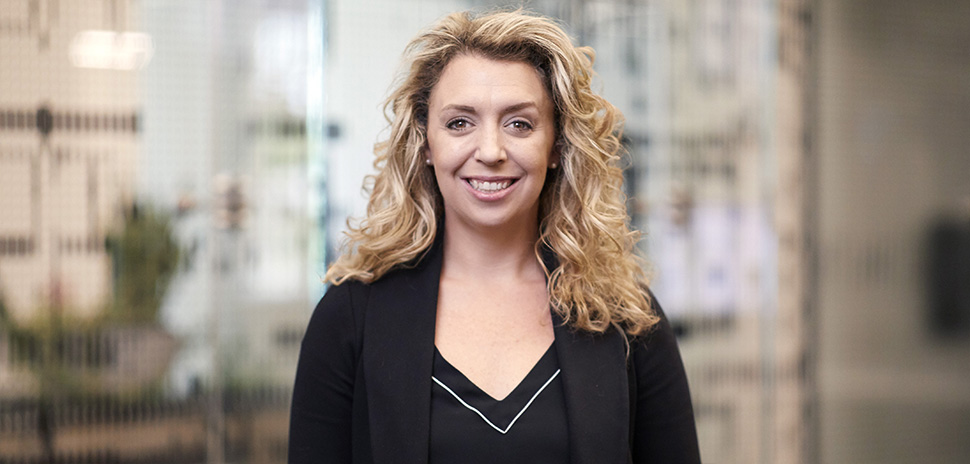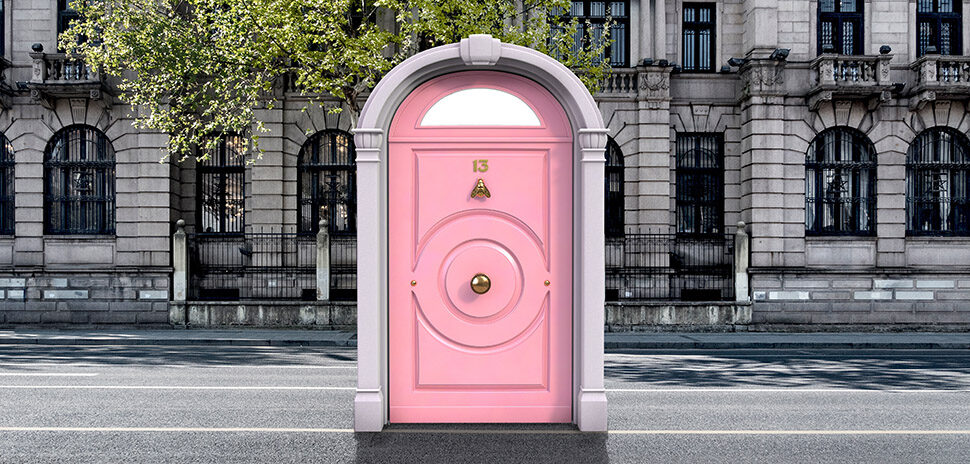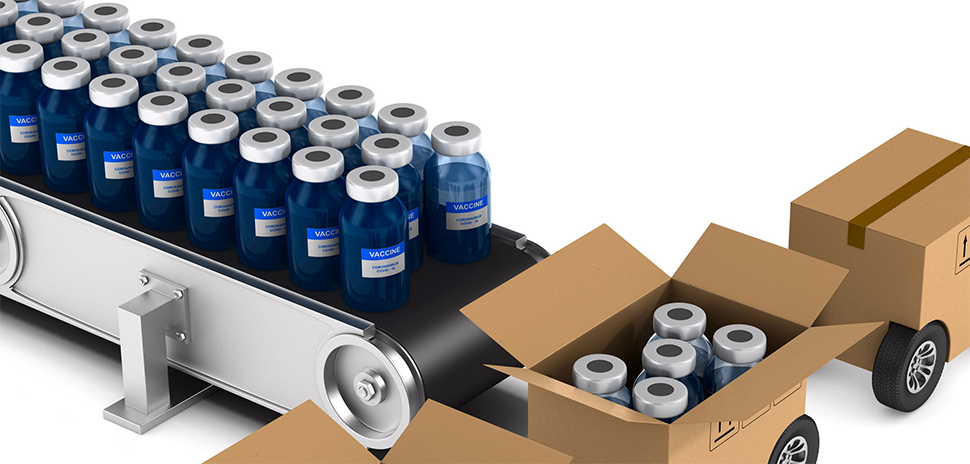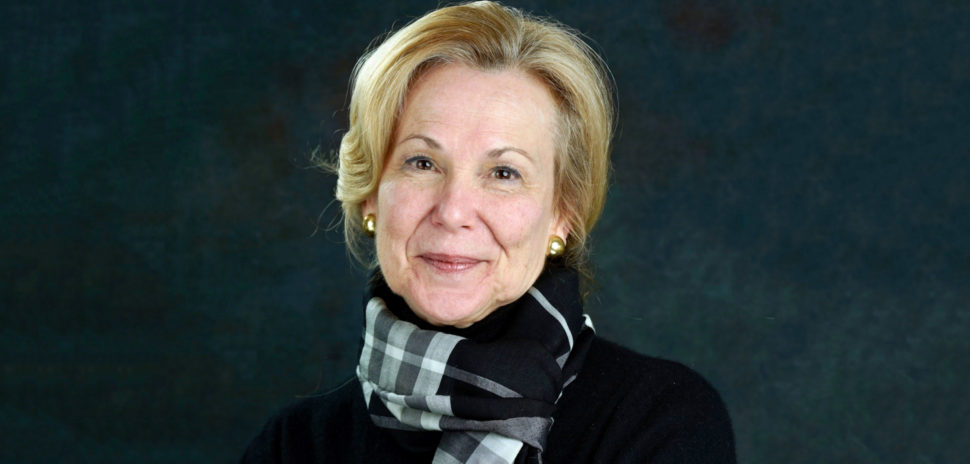Below, the Regional Sustainability Practice Leader of Perkins + Will’s Dallas office, Mary Dickenson, describes her efforts for making offices and other enclosed workspaces healthier places to work.
Dickinson co-authored the firm’s 2017 white paper “Understanding Microbial Ingredients in Building Materials.” Considered groundbreaking, the paper called attention to the widespread use of germ killers such as triclosan. She’s now a full-time troubleshooter in projects, aiming to drastically reduce COVID in the workplace, formaldehyde, and other hazards.
We talked with Dickinson about how to help companies make their workplaces healthier.
What’s the first thing you tell people who are trying to create biologically safe workplaces?
![]() Mary Dickinson: I usually talk about the three big things in terms of reducing transmission: air quality; your cleaning plan; and reducing the density of the workspace. Our corporate interiors group is working on this new space plan layout. We started getting our hands really deep into helping companies with projects that are currently in design, new upcoming projects, as well as something that’s already in place, and how they do an assessment of their workspaces.
Mary Dickinson: I usually talk about the three big things in terms of reducing transmission: air quality; your cleaning plan; and reducing the density of the workspace. Our corporate interiors group is working on this new space plan layout. We started getting our hands really deep into helping companies with projects that are currently in design, new upcoming projects, as well as something that’s already in place, and how they do an assessment of their workspaces.
What makes an effective cleaning plan? How does it relate to your white paper on antimicrobials?
MD: The research group that I co-direct at Perkins + Will is about material performance in built environments, and one of the big areas where we lead research is antimicrobials with the Healthy Building Network. We focus on the lack of proven efficacy outside a lab of adding antimicrobials to materials, questioning their larger health impact on occupants, as opposed to just short-term effectiveness. We originally published our findings in 2017, and are now updating it to address COVID.
When COVID hit, we quickly looked to determine if anyone has come up with any building material with antimicrobials built in or applied that addresses a virus. We haven’t seen anything outside a lab, within a built environment, that has been able to prove itself effective in killing a virus or, specifically, the coronavirus. We’re trying to educate people and let them know antimicrobials are a pesticide when used in the materials, originally intended to keep a microbe from spoiling or using the product as a food source. They have to be registered with the EPA if they make a health claim, and we haven’t found or been given proof that they work to create a healthier population. It’s not a silver bullet. We are working with facilities on cleaning protocols to avoid creating a false sense of security.
Is creating a healthy office space compatible with creating an energy-efficient, sustainable workspace?
MD: One current stop-gap measure to preventing the spread of airborne pathogens is pumping outdoor air into enclosed spaces. However, we might not have the increased energy capacity to have outside air pumped into buildings, and cooled down, in August and September. Could you imagine if everyone goes downtown, and cranks up their outside air? We’re going to start having blackouts. That’s part of the resiliency concerns that COVID could further impact. You want to have a plan in place where that doesn’t have to happen.
More efficient solutions include using UV light to kill microbes in mechanical units, and/or HEPA air filtration to catch the microbes. Not only that, but you want to stay within that optimum humidity—50% humidity is the sweet spot for lowering virus transmission. As we head into cooler winter temperatures, that 50% threshold has people wondering what could potentially be happening in the dehumidified air? We are learning about the heightened concerns that the virus could be thriving in dehumidified air. There is a big correlation between the flu and cold seasons peaking in winter.
A version of this story first appeared on the Dallas Regional Chamber site. Dallas Innovates is a collaboration of D Magazine Partners and the Dallas Regional Chamber. This Q&A is part of an ongoing series of DRC interviews with representatives from our member organizations about how they are facing the COVID-19 pandemic.
![]()
Get on the list.
Dallas Innovates, every day.
Sign up to keep your eye on what’s new and next in Dallas-Fort Worth, every day.


































































